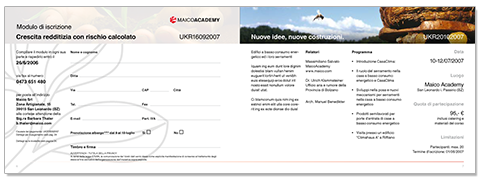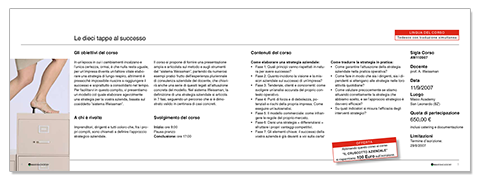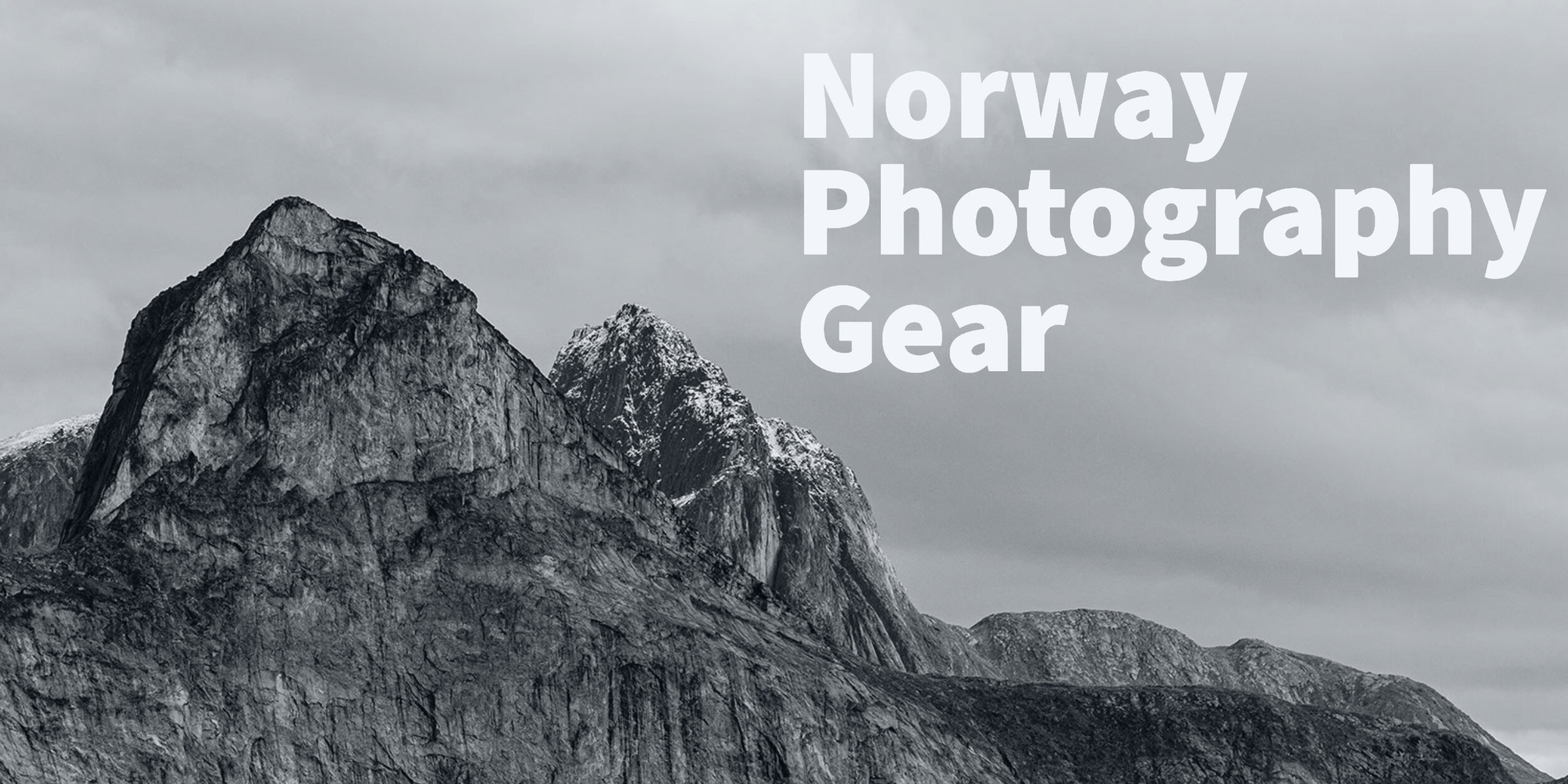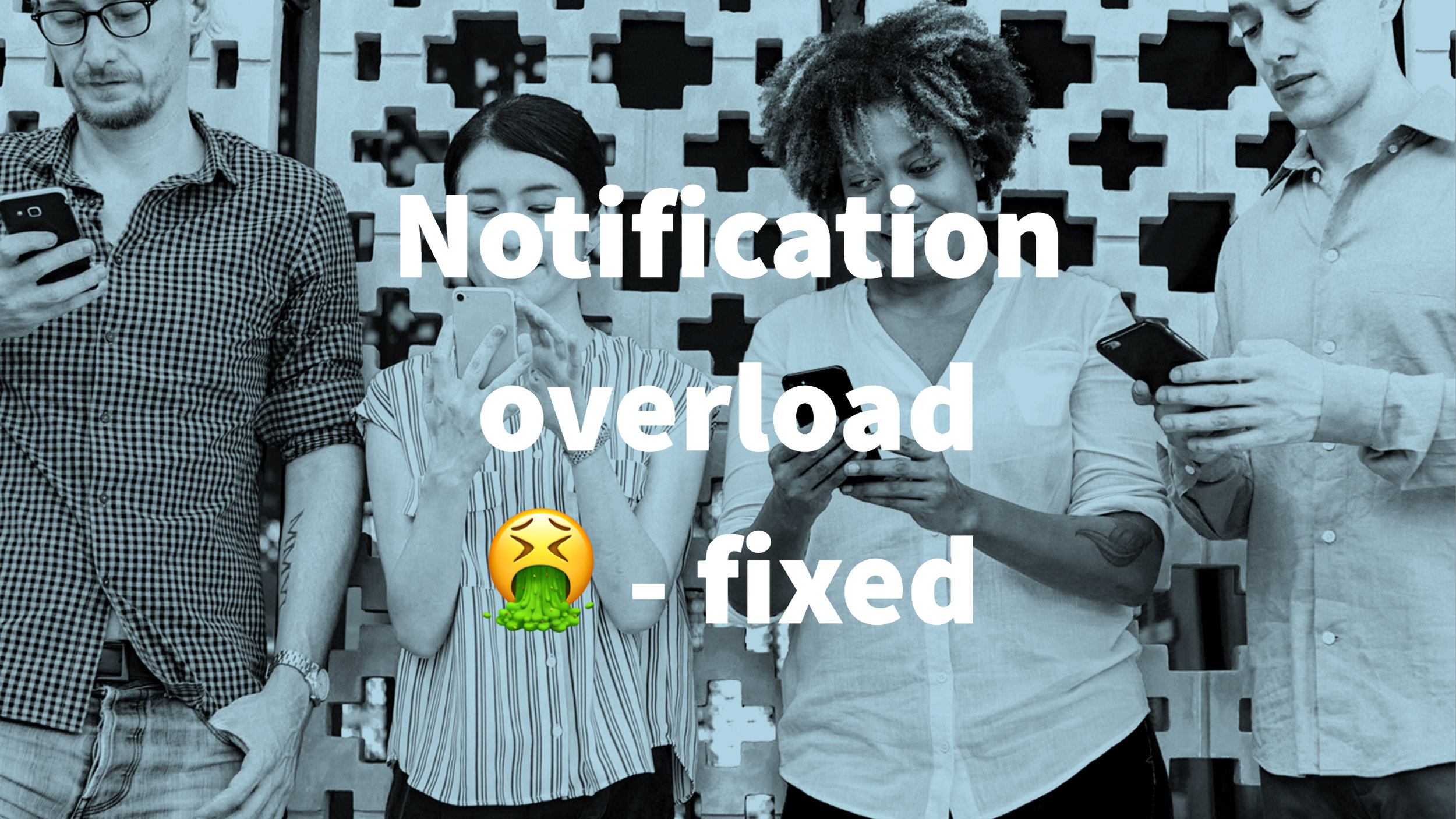Why taking the distance from your work is important
Did you ever get upset because your work has been rejected or was not treated with the "respect" it deserved. Does criticism about your graphic design irritate you and you think sometimes that the feedback was not good because "they" didn't get it. Maybe you are too attached to your projects. Having the right distance helps react better to criticism and to understand if a feedback is valuable or not. Its the "Watching from outside" perspective. This perspective saves a lot of time and nerves.
Why are we attached to our work.
It's not unusual to hear graphic designers and art directors talking about "their" projects. Most of the time it sounds like they created something extraordinary out of nothing. I must admit that the terms used in the design community may mislead our thinking - terms like "creation" and "producer" want suggest us that a graphic designers produces or even better creates something. We call them our babies, like they where born out of our mind.
This mindset binds us to the work and we think of it like it where our property. Something we have to protect and give shelter. Nobody should know about it until we are ready to show it, defended from criticism and enforced in the path it has taken. I'm exaggerating obviously, but I'm sure you get the point.
The reality - you are a tool
So lets take a step back and look at our projects from outside. We have clients - this clients want (in most cases) communicate to their clients/investors/customers/workforce. They want to sell/lease/... THEIR product. The knowledge about this product and everything surrounding the product is property of the client. In fact is integral part of their job. The problem your client has lies in the configuration of this information. The information presents itself in ways to fit in the context of your client. Basically the client needs the information to build the products.
Your job is to transform this knowledge to something the customers of your client find appealing. The knowledge to be able to do this is your property, not the materials you are working on. Its in your head so to speak. This is the service you provide, this is why you get paid.
What's the deal
There is no point in being attached to something that is not yours. You don't have to protect something that belongs to someone else. So if you get feedback about a project you can separate them into two categories:
- Its about the the product or the information about it
- Its about your ability to transform the information into something appealing
You don't have to care about if the Feedback is about the product. I had quite a few projects canceled after the presentation, because they discovered through my work, that the product was not ready for the market. They didn't have the look from outside.
If its about your abilities as a graphic designer then you have to understand who is making such remarks. Comments about your abilities most of the time mean something else. "This is a bad design" may just mean, I don't understand the message. If you look at it this way you have more options to address this. The cause can be readability, misunderstandings in the briefing, ... or simply that your skills lacked in one area. None of this problems can't be fixed and to say it yet one more time. You don't need to protect a design which doesn't deliver the right message.
An example

A client of mine opened an academy where his clients could attend seminars to market relevant topics. They briefed me, that the academy was to be self contained financially and will become bigger with the years. It should rise the awareness that my client was "the one" who is the right partner in the sector he was operating - for products, services and everything else.

I made a logo and corporate design reflecting this briefing - it was based on the CD of the client but different in order to let it stand on its own. Like a cousin, not a child so to speak. The presentation went very well and my client liked my design - but...
- He realized that it was too self contained and too self confident. Entering the education market so strongly was maybe not a good idea as they had partners in this market for years and they might see it as a danger to their market.
- They had the impression that i didn't pay enough back to the main brand - in terms of authority.

Point 1 was their fault, point 2 mine because I wanted a strong self confidence in the Corporate Design. But I had no problem in changing the CD to conform the new briefing - its part of the process. I made the "cousin" to a "son" and solved both problems by integrating the Academy into the CD of my client. Not much work and both the too strong self confidence and the lack of authority transfer disappeared.

You can see, that not holding on to tight on your work will benefit the project itself, you and your client. But one of the keys is good feedback.
But getting feedback the right way is difficult and worth more then one future lessons ;-)











